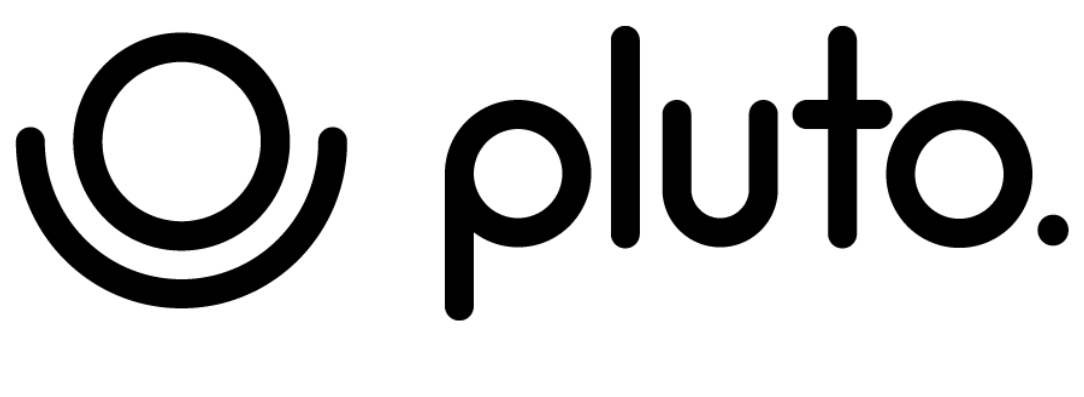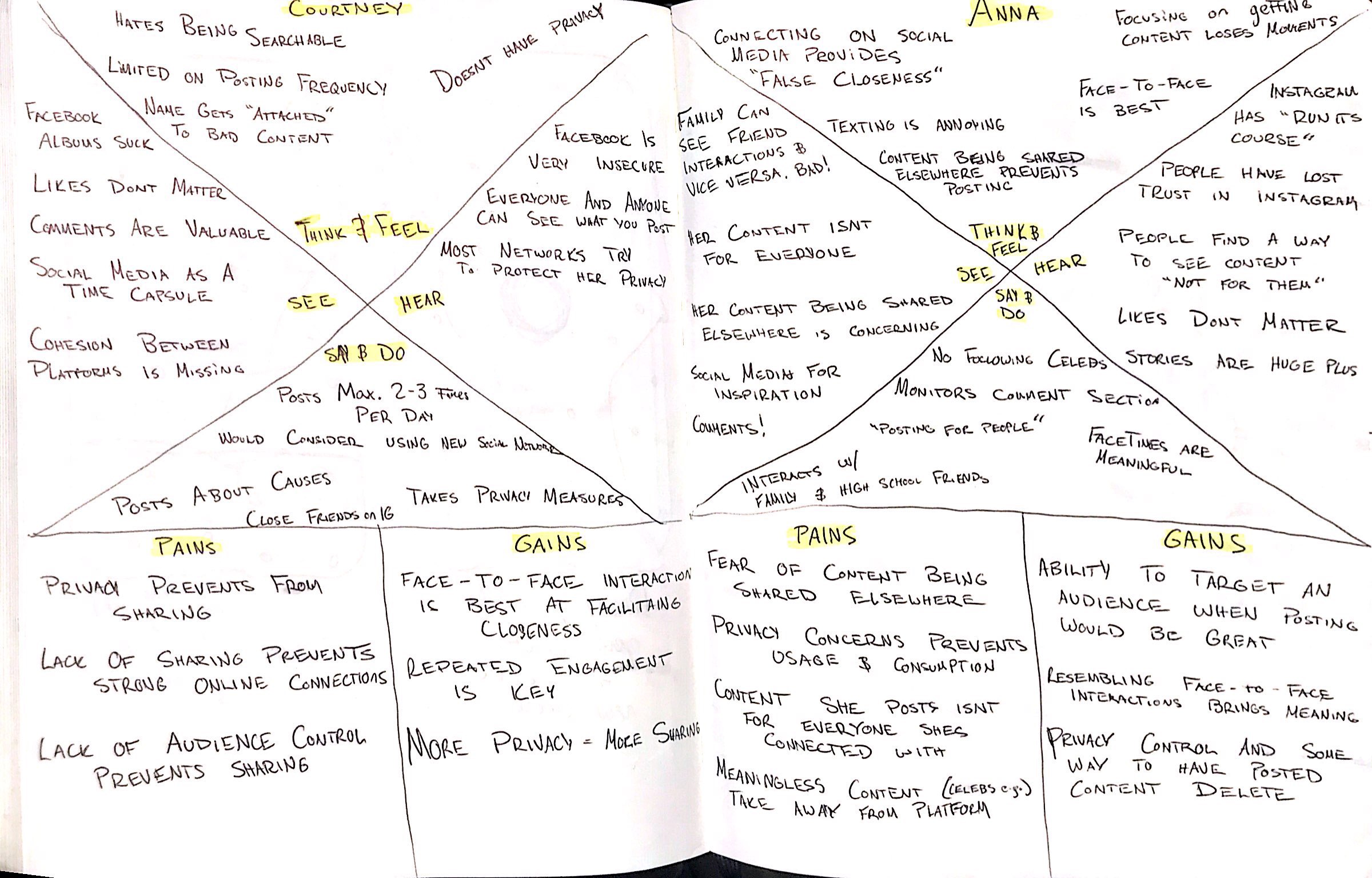
Concept Validation & Target Audience Understanding Through User Research
IDM-417 User Research Methodologies
Pennoni Honors College | Drexel University 2019
Background
Pluto is an experimental social network that focuses on fostering meaningful connections. This raises two fundamental questions: What is a meaningful connection, and how can we foster them? For this reason, Pluto must identify what features will best accomplish this goal and ultimately create an engaging platform for our users.
Thesis
We believe that creating a social network that prioritizes exclusively meaningful connections while giving users a platform that strengthens close relationships with an increased sense of privacy and security, will achieve the unintruded continuation of their relationship better than existing platforms.
Key Findings
These are the biggest discoveries from our research.
Meaning = Repeated Engagement
The most meaningful online connections are formed around repeated engagement through anything that most closely resembles face-to-face interaction.
Who's Watching Matters
Choosing who can see your content is a big factor in feeling private when posting, and would foster more sharing.
Ownership Incites Sharing
Users do not like thinking that their content might be shared elsewhere or may be “owned” by the company.
Methodologies
Various methods were used to gather data from potential users:
Target AudienceScreener SurverySecond SurveryI Like, I Want, What if?InterviewsPhoto by Rob Curran on Unsplash

Target Audience
18-25
years old
Our target market is for all genders 16-80, who live in English-speaking countries, and like to easily share personal content to those that are close to them. For this research, however, we’ll be targeting potential users aged 18-25 on the presumption that young users are crucial to a platform’s success.
Screener Survey
The purpose of a screener survey is to gather study participants whom fit our target audience to perform further research on. The screener survey consisted of 15 high-level questions asking about social media usage habits. We also used this opportunity to validate early assumptions, asking high-level questions about users’ perceptions regarding privacy and their social media connections’ meaningfulness. Lasting four days, the survey garnered 250 responses with some notable results.
3 out of 5 users feel current networks don’t value their privacy
use social media to connect with close friends and family, but only...
of people feel their connections on social media are meaningful.
Second Survey
The second survey was meant to further investigate users’ interactions with social media. With 42 responses, this survey was intended to be longer form and included many open-ended questions, hence the much smaller response rate than the screener survey.
9 out of 10 users would consider using a new social network.
say they don’t want their family to see their interactions on social media.
of respondents have multiple accounts on the same platform.
I like, I want, What if? Session
The purpose of the IL/IW/WI survey was to have a discussion with our target demographic and gauge their feelings about current networks, determining what they like about social networks, what they wish existing social networks had, and “What if” statements to gather ideas. The discussion consisted of 10 potential users and provided key takeaways.
Content is King
Most participants’ favorite aspects of social media derives from the content they see and how they see it.
Communities Count
Many participants are drawn to platforms by being a part of communities.
Smart Moderation
Participants value free speech, but want content to be more heavily moderated.
Connections Matter
Participants wish certain platforms made it easier for them to connect with others.
Word Cloud from both interviews

Interviews
After conducting the screener survey, 16 participants fit our target demographic perfectly. They were within our age range, were happy to be interviewed further, concerned about privacy and wished they could form more meaningful connections on social media. Conducted over a span of three weeks, the one-on-one interviews provided great insight into our target audience’s feelings.
Interaction Brings Meaning
The most meaningful online connections are formed around repeated engagement through anything that most closely resembles face-to-face interaction.
Audience Targeting
Targeting the audience when posting is a big factor in feeling private when posting, and would foster more sharing.
Content Ownership
Users do not like thinking that their content might be shared elsewhere or may be “owned” by the company. Snapchats “visible screenshot” and “self-destruction” features are a perceived deterrent to this notion, leading many users to view Snapchat as the most private social media platform.
Empathy Maps from both interviews

Interview Process
After confirming and scheduling the interviews, tasks were conducted to ensure the smooth operation and analysis of the interview,
Interview Guide
An interview guide was created to aid us in the process and to make sure we were asking about points we determined were important beforehand.
Audio Transcription
An interview guide was created to aid us in the process and to make sure we were asking points we determined were important beforehand.
Inductive Coding
After reading through the transcripts, we found nine categories to group transribed interview responses into.
After bringing the transcription into a data sheet, important takeaways were then grouped under these categories.
Concept Clustering
After breaking each interview down, information was grouped into a conceptually clustered data sheet, where the trends and significant points become clear.
Photo by h heyerlein on Unsplash

Recommendations
To create a platform that prioritizes meaningful connections, these are our top recommendations for the potential platform:
Foster Sharing
Through research, we were able to learn that meaningful connections come from repeated engagement. So, making sharing as easy as possible will make engaging easier.
Emphasize Audience Control
Users feel more private and more comfortable sharing when they know who is seeing their content.
Prioritize Privacy
By focusing on privacy through all aspects of the platform, users will feel more comfortable developing online meaningful connections, and sharing the content that matters most.